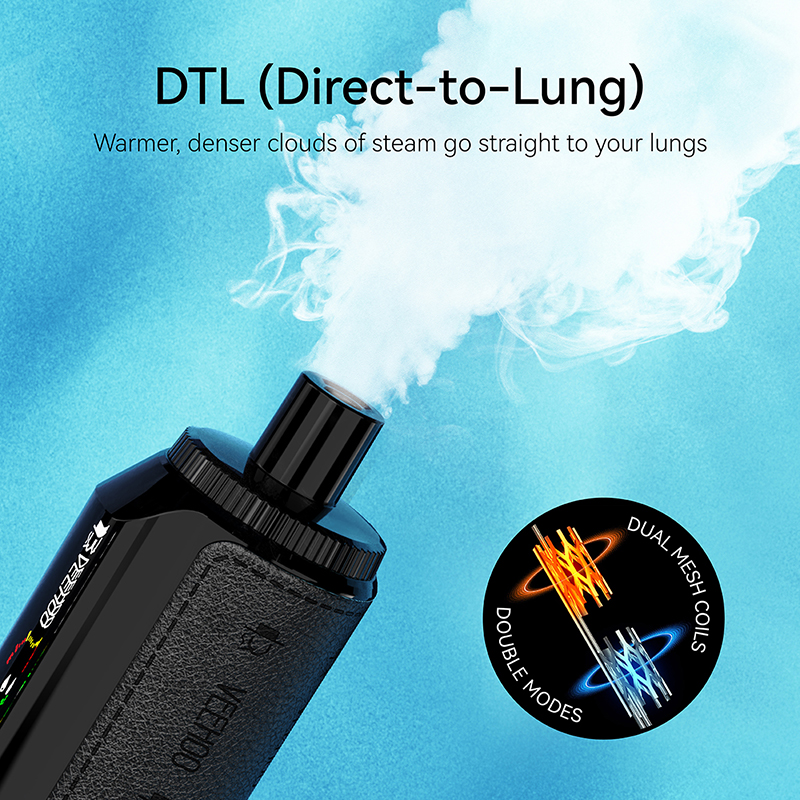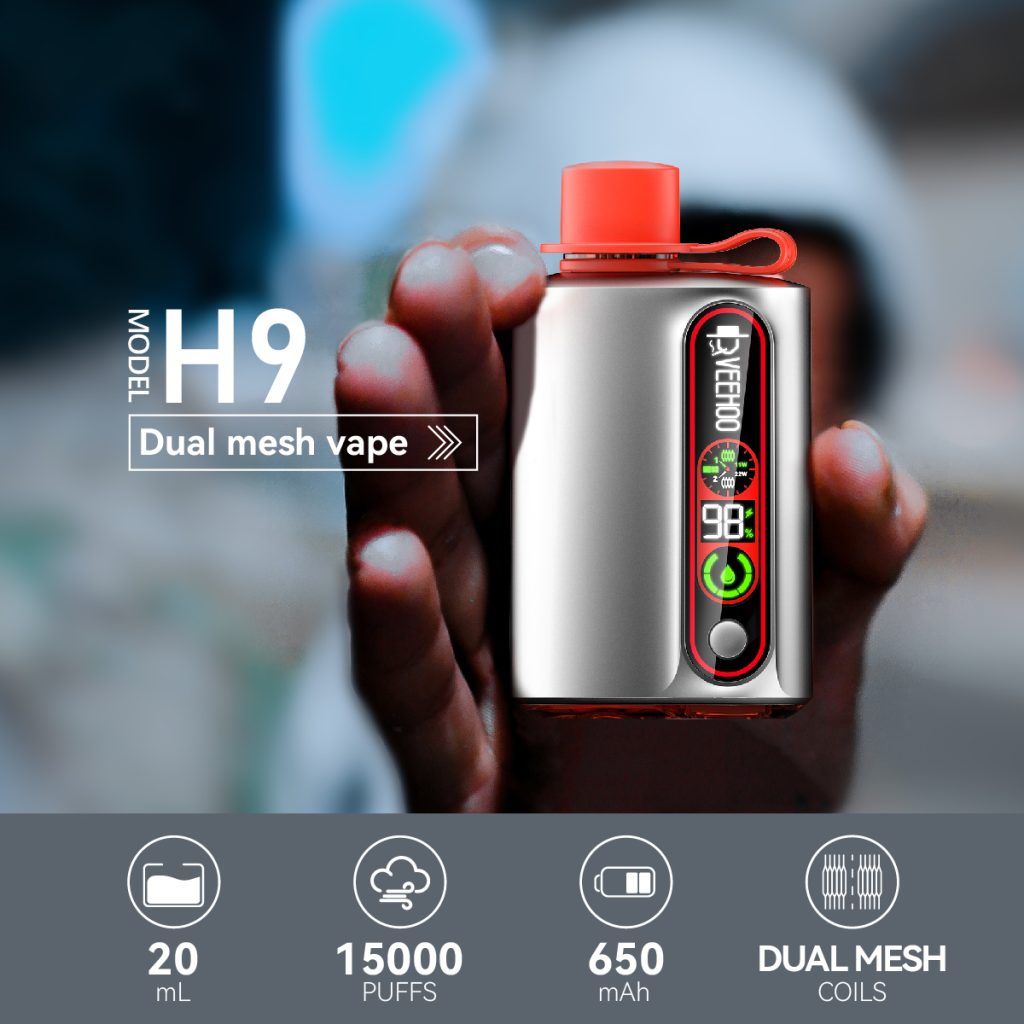In recent years, the e-cigarette industry has experienced explosive growth in the UK and US markets. According to data from the US Centers for Disease Control and Prevention (CDC), the number of e-cigarette users in the United States exceeded 20 million in 2022, and statistics from the UK Department of Public Health show that the e-cigarette use rate among adult smokers reached 8.9%. However, as the US FDA’s PMTA (pre-market application for tobacco products) review becomes stricter, the UK plans to implement a flavor ban in 2024, and regulatory policies are reshaping the industry landscape. This shift not only tests the compliance capabilities of companies, but is also likely to trigger unexpected market reactions-according to the Oxford University Institute of Public Health, a comprehensive ban in the UK and the United States may cause 30% of the existing market to turn to underground transactions.
Statistics from the UK Medicines and Healthcare Products Regulatory Agency (MHRA) show that since the flavor restrictions were strengthened in 2022, sales of compliant e-cigarettes have fallen by 18% year-on-year, but sales of nicotine replacement therapy products have not seen significant growth during the same period. In the three years since the implementation of the US FDA’s PMTA review system, only 35 products from 23 companies have been approved, with an elimination rate of 97%. Although this rigorous screening has raised the threshold for product quality, it has also led to the collective withdrawal of small and medium-sized brands from the market.

A special survey conducted by the New York City Department of Health in 2023 found that after the implementation of the ban on flavored e-cigarettes, the number of illegal sales outlets surged by 240%, and the product price was 42% lower than that of legal channels. These underground products generally have problems such as excessive nicotine content (an average of 6.8%) and heavy metal pollution. The number of smuggled e-cigarettes seized by the UK Border Agency soared from 120,000 in 2021 to 1.8 million in 2023, and the underground supply chain has formed a transnational network.
Underground e-cigarettes are completely out of the quality supervision system. Laboratory tests at the University of Manchester showed that 62% of products in illegal channels contained undeclared vitamin E acetate (directly related to e-cigarette-related lung injury), and 34% of e-liquids were contaminated with microorganisms. The American Lung Association pointed out that the underground market has made it 37% easier for teenagers to obtain e-cigarettes.
A study by the London School of Economics showed that for every pound of illegal e-cigarettes seized, the cost of law enforcement is as high as 3.2 pounds. The average e-cigarette tax loss rate in the United States is 28%, and California will lose about $170 million in fiscal revenue in 2022. The concealment of the underground market makes product traceability, quality control and other mechanisms completely ineffective.
The Interpol report pointed out that e-cigarette smuggling has become an emerging business of transnational criminal groups. 15% of the illegal e-cigarettes seized in the UK have financial links with drug trafficking. Underground factories generally use child labor. Among the illegal production dens uncovered by the Birmingham police in 2023, 60% of the workers were minors.

As a leading brand in the industry, VEEHOO e-cigarettes are exploring a sustainable development model under strict supervision through technological innovation and institutional reshaping:
Establish a blockchain traceability system from tobacco raw materials to terminal retail, and achieve nicotine content error control within ±0.5%. The laboratory is equipped with a gas chromatography-mass spectrometer to conduct batch testing of 180 potentially harmful substances, and the testing standards are 30% stricter than the EU TPD regulations.
Develop a biometric activation device to ensure that the user is over 21 years old through palm vein recognition technology. Cooperate with Oxford University to develop smart atomizers, which automatically lock when abnormal usage frequency (such as continuous puffs of more than 15 puffs) is detected. This technology has won the gold medal at the Geneva International Invention Exhibition.
Invest 3% of revenue each year in nicotine dependence treatment research and build a withdrawal assistance project with Johns Hopkins University. Set up 400 e-cigarette recycling points in British communities, recycle 35 tons of equipment metal in 2023, and reduce carbon footprint by 42% compared with the industry average.
Promote the e-cigarette consumption license system, learn from Australia’s “prescription e-cigarette” model, and limit purchasing rights to nicotine-dependent patients. Develop a government-regulated online trading platform to achieve precise sales control through face recognition and medical insurance data linkage.

Establish an e-cigarette manufacturing franchise system and set a £5 million entry threshold deposit. Promote the “regulatory sandbox” mechanism to allow compliant companies such as VEEHOO to test new technologies in closed scenarios and accelerate the implementation of innovative products.
Rely on the World Health Organization framework to establish a white list of e-cigarette ingredients and unify the testing standards of the UK, the US, China and Europe. To build an illegal trade intelligence sharing platform, the UK National Crime Agency has cooperated with VEEHOO to develop an AI tracking system that can trace the smuggling route through the chemical composition of the e-liquid.
E-cigarette regulation is essentially a dynamic balance between reducing risks and meeting needs. VEEHOO’s practice shows that commercial value can be fully realized within a strict regulatory framework through technological innovation. Its 2023 financial report shows that despite a 25% increase in R&D investment, the EU market share has increased to 19%, and the user repurchase rate has reached 68%, proving that compliance and commercial success can coexist. When the industry establishes a new paradigm of “quality first, full control, and social responsibility”, e-cigarettes can truly become an alternative to traditional tobacco rather than a new public health threat.
This game between regulation and the market requires not only the prudent wisdom of policymakers, but also the continuous promotion of technological innovation by companies like VEEHOO. Only by building a triangular stable structure of government regulation, corporate self-discipline, and public supervision can we avoid pushing the e-cigarette market into the underground river and guide it to become a controllable harm reduction tool.
Tags: flavored e-cigarettes, ceramic core, youth e-cigarettes, veehoo vape
